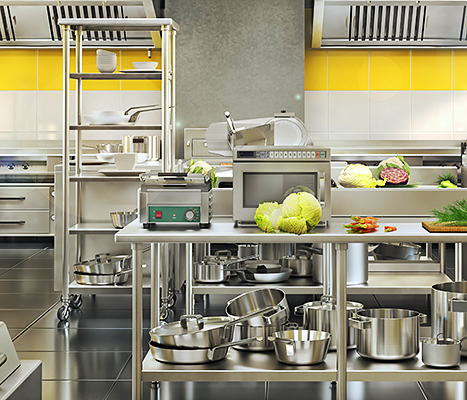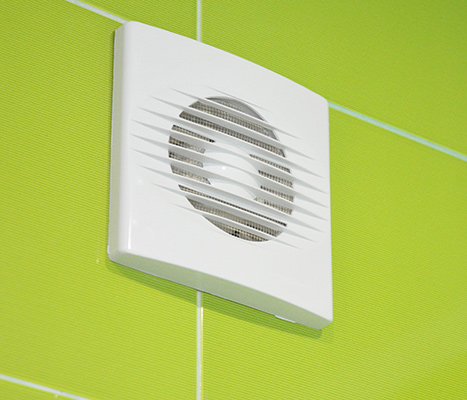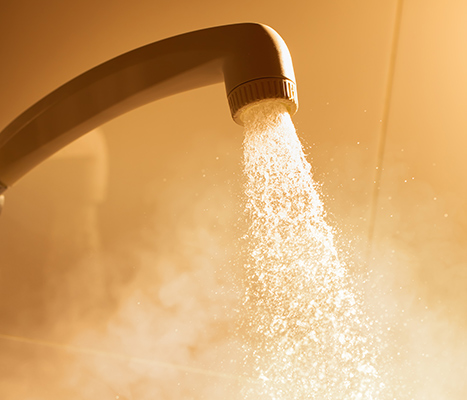
Ways to Save – Commercial
The programs mentioned on this page are available to all commercial customers whether you own or lease your space.
With all of the new technologies and financial incentives available to help your electric, heating, and transportation needs, our Energy Services Team is here to answer your questions and help you understand your options.
Benchmarking
Like stepping on the scale, property owners and tenants can only control what they measure. Benchmarking is the first step in the energy management process
Build Or Renovate
Our team is here to help you with potential savings through energy efficiency and electrification strategies in your new construction or renovation project.
On-Bill Financing
On-Bill Financing loans can be structured so that the monthly energy savings are greater than the monthly loan payment, which creates a monthly positive cash flow.
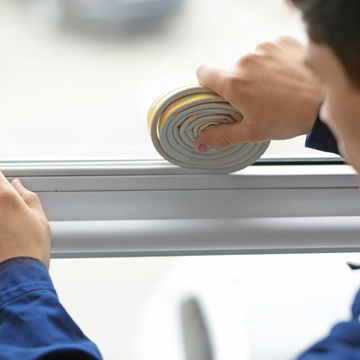
WeatherizationWeatherization activities primarily focus on insulation and air sealing of the thermal envelope and can offer strong electricity and heating fuel savings. If your building feels cold in the winter, check out this list for potential causes and suggested maintenance solutions. |
Usage TrackerThe best way to start on your path to Net Zero Energy is to understand how your home is currently using electricity. Usage Tracker can show you how your usage varies from month to month, day to day, and even in 15-minute increments so you can figure out the best way to start saving. |
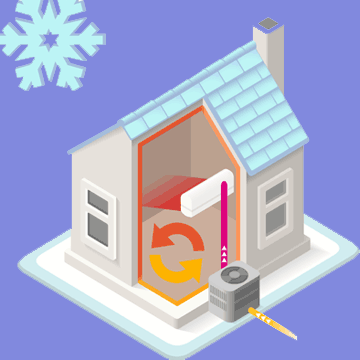
Heat PumpsHeat pumps provide energy-efficient heating and cooling and work well in cold climates. |
Where We Use Electricity
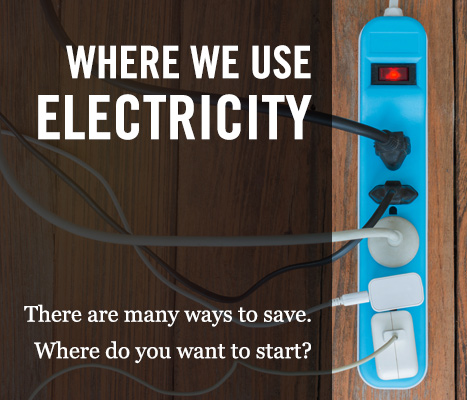
Steps You Can Take Today
The Burlington 2030 District Engineering Team at Cx Associates put together this great list of measures you can take to continue saving energy and money for your business.
First Steps
- Reduce plug loads! Turn-off all desk computers, printers, copiers, and other lights and small appliances not in use.
- Turn off any lights.
- Create your online BED account to better understand your usage and billing data.
- Unplug the fridge. I know the mini-fridge in our office has 2” of ice build-up, now is the perfect time to turn that thing off and let it thaw out!
- To keep your appliance sanitary, we recommend you either completely wash down the inside of the refrigerator or freezer, or place a cookie sheet of baking soda in the appliance before turning it off.
- Dial back that thermostat. We suggest a heating setpoint of 60F and a cooling setpoint of 80F.
- Close any shades or curtains. If your building has lots of south facing glass equipped with shades, it can be a good idea to close these up to reduce the heat gains from the increasingly strong spring sun. This can help reduce cooling loads in your building.
Advanced
- For partially-occupied buildings:
- Please visit the American Society of Heating, Refrigerating and Air-Conditioning Engineers (ASHRAE) website for guidance and recommendations. Scroll down and click on the “Reopening” or “Buildings” tab to learn more.
- Consider starting your HVAC systems earlier and turning them off later to scrub the air more comprehensively.
- To increase the amount of fresh air moving through your building, set your thermostat to keep the fan ON (instead of AUTO).
- If you have a building automation system, please reference the ASHRAE recommendations above to increase air changes per hour.
- For completely unoccupied buildings:
- Reduce outside air ventilation rates. Since there aren’t any (or many) building occupants, your HVAC system can save a lot of energy by not bringing in as much outside air for ventilation.
- Adjust occupied mode of your equipment. This kind of goes along with the tip above, but if your Building Automation System has the capability to enter an Unoccupied mode.
- Consider adjusting your water heater tank setpoint down. If you aren’t using hot water for a while, you might consider turning the setpoint of your water heater down. This one requires a little extra care because nasty bacteria can build up if the temperature is just right. Consider turning water heaters to a minimum of 120F and flush all hot water lines with hot (>140F) water for several minutes before offices are occupied again.
Courtesy of Cx Associates
Additional Resources
- Path to Net Zero Energy buildings
- New Construction
- Minimum Housing Code Weatherization Ordinance (effective beginning 1/1/2022)
- Thermal Energy Systems Carbon Fee Ordinance
- Effective 1/01/2024
- PLEASE NOTE
- The Ordinance only applies to brand new residential and commercial new construction projects but does not apply to additions, alterations, renovations or repairs to existing buildings.
- For brand new residential and commercial new construction projects, the Ordinance applies to space heating, domestic hot water, cooking and laundry appliances, process heat, or other building systems that relies on thermal energy.
- The Ordinance also applies to existing commercial buildings that are at least fifty thousand (50,000) square feet in total floor area of enclosed conditioned space, including hotels, but excepting all residential buildings. For these buildings, the Ordinance only applies to space heating and domestic hot water thermal systems.

